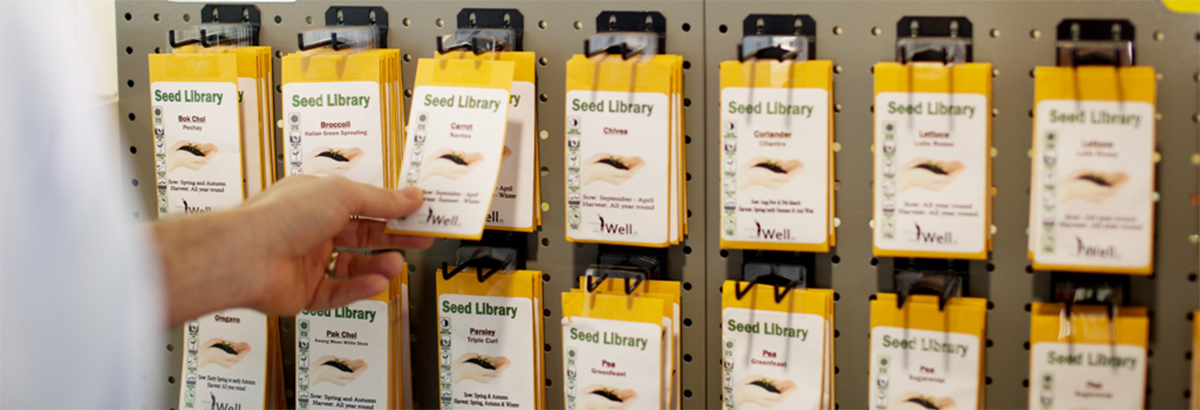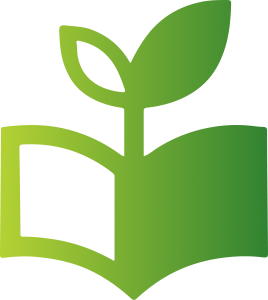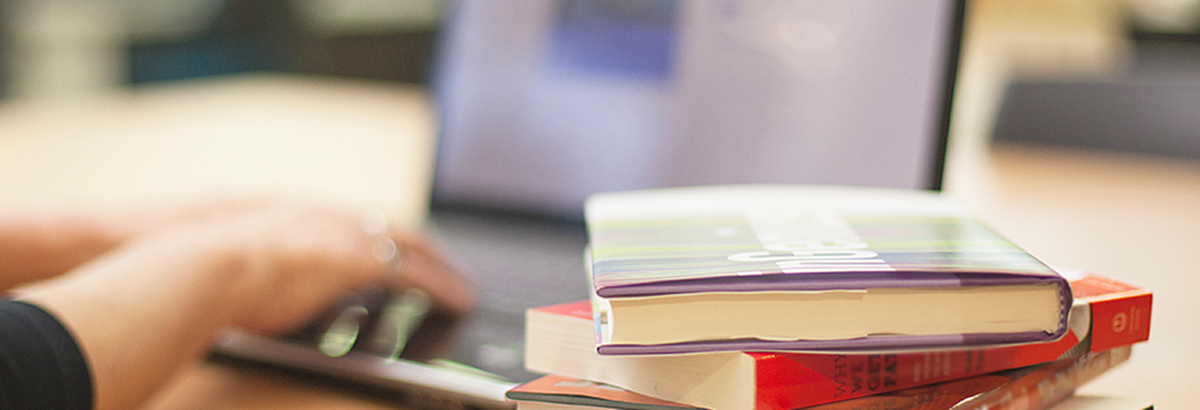
 ‘The Seed Library’ aims to encourage people to grow healthy food, reduce costs and become more active in the garden. We also have a load of gardening and seed saving books in our collection, so come in, meet some other gardeners, and share your knowledge and love of gardening!
‘The Seed Library’ aims to encourage people to grow healthy food, reduce costs and become more active in the garden. We also have a load of gardening and seed saving books in our collection, so come in, meet some other gardeners, and share your knowledge and love of gardening!
How does it work?
The Seed Library works much like any library, with the same basic concept of BORROW -> PLANT -> HARVEST -> RETURN. Visit the library to ‘borrow’ your seeds – plant the seeds in your garden – raise the plants – let some go to seed – then bring some of the seeds back to the library so that the collection continues to grow.
There is no cost to borrow, and no obligation to bring seeds back, but we do encourage all seed borrowers to have a go at saving some of the seed produced from their plants.
We have empty seed packets at the library that you can take home to fill, or bring your seeds to your nearest branch library and fill up packets there.
Why Save Seeds?
There are a number of reasons why saving seeds is beneficial and important:
- Saving seed helps to adapt plants to your own garden conditions (e.g. local pests etc.)
- It’s free and incredibly rewarding!
- Home saved seeds germinate better and produce more.
- You are preserving food crop diversity for future generations.
- How to plant your seeds
How deep you plant seeds into the soil depends on how big the seed is. A large seed (roughly 5mm or larger) can go deeper into the soil. Plant it about as deep as the seed is wide, and cover with soil. Small seeds are best placed on top of the soil and fine soil should be sprinkled over them. Small seeds are often better sown in seed trays and transplanted into the garden when they are 4-6 weeks old.
When spacing the seeds, consider how big the plant will grow. Read the directions on the back of the seed packet for the appropriate spacing, depth and method of seed sowing. Water seeds after planting, but be very gentle with small seeds, as heavy watering can wash them away.
For a number of reasons some plants have a beneficial or a negative effect on the growth of other plants nearby. Knowing what to plant with what is called ‘companion planting’. The library has books on this subject.
How to harvest seeds!
The most important seed saving rule is to save the best plants for their seeds and eat the rest. It’s important to only save seed from non-hybrid plants, commonly referred to as heritage, old-fashioned or open pollinated plants. They are the plants most likely to produce offspring – in the form of seed – that closely resembles their parents.
Most seeds, such as from lettuce or peas, are called ‘dry’ seeds. To save them it’s simply a case of removing them from their seed capsules and storing them somewhere cool and dry.
When it comes to ‘fleshy’ seeds however, such as tomatoes, there are two ways of saving seed.
A traditional method is to soak the pulp in water overnight to allow it to ferment. This removes the natural germination inhibitors and, after washing and straining through a sieve, the seed can be dried and stored.
Another method (for tomatoes) is to slice the tomatoes, squeeze the pulp directly onto paper towelling to dry out. When ready to sow the seed, cut off a piece with four to six seeds on it and sow them in a pot. The library also has books on this subject.
Download the Seed Lending Library brochure
Browse & Borrow

In addition to the normal range of adult and children’s books, you can also borrow e-books, music CDs and DVDs from our online catalogue.
THE PORTAL
Feel like a break from life? We have the latest in Virtual Reality technology that will transport you to different worlds.









